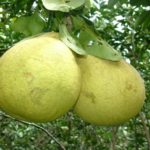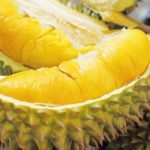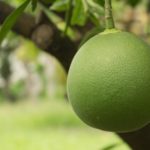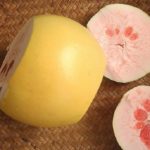According to the International Diabetes Federation (IDF), a healthy diet for diabetics should include up to three servings of fruit per day (about 30% of total daily food intake). Diabetics can use the glycemic index (GI) and glycemic load of fruits to determine which fruits they can and cannot eat. For diabetics, fruits with a GI of over 70 are considered high and should be avoided. GI between 55-70 is moderate, and GI below 55 is low (and can be consumed).
Grapefruit
Grapefruit is one of the best fruits for diabetics. It has a GI of 25 and is 91% water. It is also a good source of soluble fiber and vitamin C. Notably, grapefruit contains naringenin, a naturally occurring bitter flavonoid that has been shown to increase insulin sensitivity and improve insulin resistance in people with type 2 diabetes.
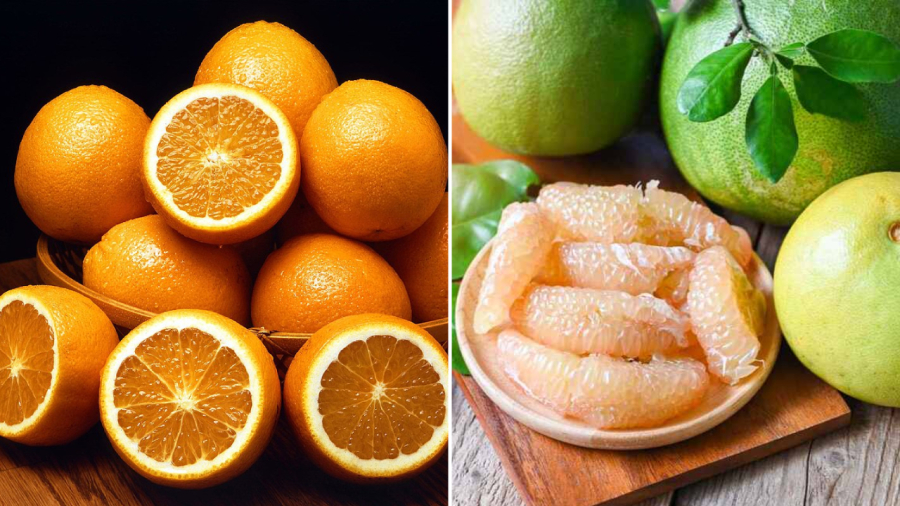
Citrus fruits like oranges and grapefruits are low-GI fruits that are good for diabetics.
Oranges
Oranges are 87% water and a good source of fiber, vitamin B1, vitamin C, and very little sugar. Adding oranges to your regular diet can boost your immune system, improve your resistance, and control blood sugar. Oranges have a GI of 44.
Apples
Apples are a good source of fiber, vitamins, minerals, and water. Studies have shown that the pectin in apples can help eliminate toxins from the body and reduce insulin requirements in diabetics by up to 35%. The GI of apples is 38, making them a good choice for diabetics, especially those with type 1 diabetes.
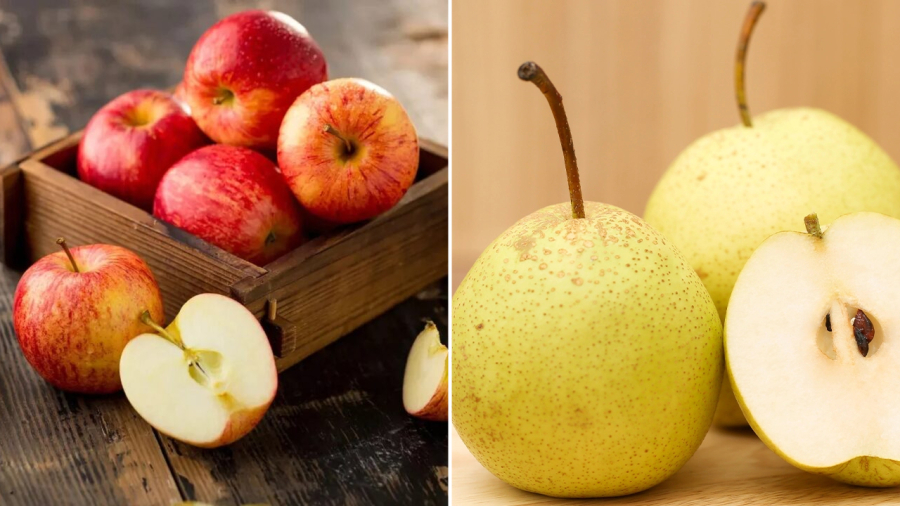
Apples and pears both have a GI of 38.
Pears
Pears have the same GI as apples (GI=38). They are high in water, fiber, vitamins, and minerals, which can help increase insulin sensitivity and manage diabetes.
Plums
Plums are a popular summer fruit. They are low in calories and have a sweet and tart flavor. They also have a very low GI of only 24. Plums are a good source of fiber, making them beneficial for people with heart disease and diabetes. Eating plums can also help improve digestion and constipation in diabetics.
Peaches
Peaches are a sweet and juicy fruit with a low GI of 28. They are a good source of fiber, antioxidants, and vitamins. Fresh peaches are a good choice for diabetics (avoid canned peaches, as they are packed in sugary syrup and contain preservatives that are not good for your health).
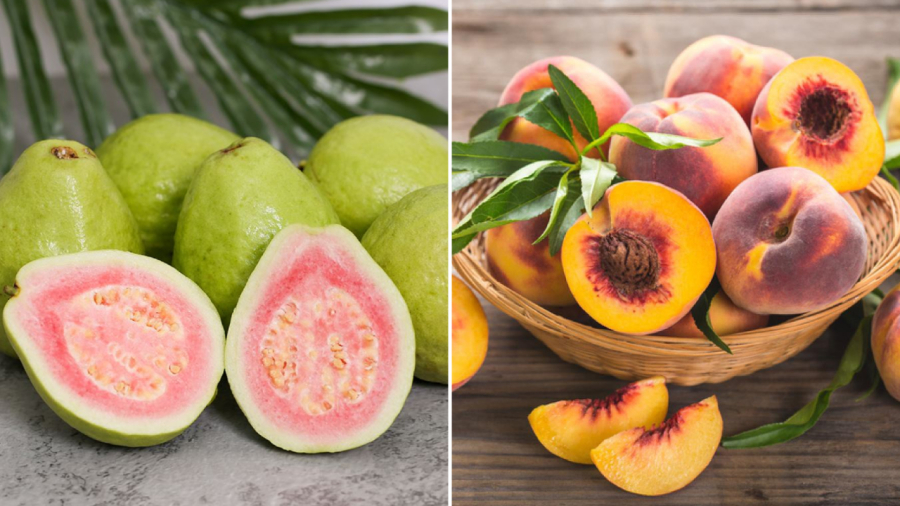
Peaches and guavas are high in fiber, vitamins, and minerals, making them good for diabetics.
Guavas
Guavas are high in fiber, potassium, vitamin C, and antioxidants. They are a low-GI fruit that is good for digestion and helps control blood sugar in diabetics.
Avocados
Avocados are low in carbohydrates and high in fiber. They have a very low GI of only 15 and do not significantly affect blood sugar levels after eating. Therefore, avocados are a good choice for diabetics (as long as they are not consumed with sweeteners like sugar or condensed milk).
Which fruits should diabetics avoid?
Diabetics should limit their intake of fruits with a high GI, such as ripe mangoes, pineapples, papayas, watermelons, and kiwis. If you like these fruits, you can still eat them, but you should control the amount you eat and limit yourself to no more than 100 grams per day.
Bananas, raisins, longans, and dates are fruits with a very high sugar content and GI, so diabetics should avoid them.
grapefruit-oranges-and-tangerines/’ title=’Easy Steps for Picking Delicious Grapefruit, Oranges, and Tangerines’>Easy Steps for Picking Delicious Grapefruit, Oranges, and Tangerines
How to Buy Delicious Pomelos: Expert Tips
Want to enjoy the delightful taste and wholesome benefits of grapefruit and orange juice? Make sure you know how to choose the freshest and most flavor-packed fruit! We’ll share all the insider tips here so you can experience the best this invigorating drink has to offer. Read on for more information!


























